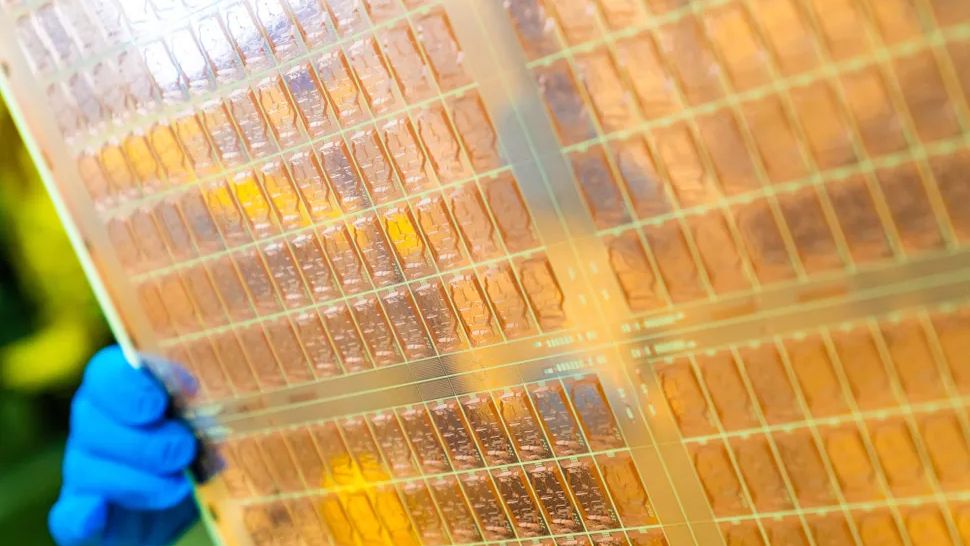ZDNET's key takeaways
- OpenAI's GPT-5 will attempt to solve a common ChatGPT problem.
- It should automatically pick the best model for your prompt.
- Delays in rolling out are the result of how challenging it is to build.
OpenAI has been at the forefront of the AI race since its initial launch of ChatGPT in 2022, consistently releasing new products, models, and updates. That also means that it's difficult to keep track of new product launches -- but GPT-5 is one you'll want to keep an eye out for. Here's why.
Also: OpenAI teases imminent GPT-5 launch. Here's what to expect
When OpenAI CEO Sam Altman teased GPT-5 in February, he gave a glimpse into the model's best feature: the ability to pick the best model to automatically answer your specific queries. This will be done by unifying the o-series reasoning models, which produce higher-quality answers, with the GPT-series models, which are more time-efficient, eliminating guesswork on the user's end.
"The plan is to unify all of these ideas into something like GPT-5 such that you just ask it a question and it needs to think of things, very much like when you talk to a human; sometimes it will think before responding, sometimes it will respond immediately, sometimes it'll respond and keep thinking," said Nick Turley, Head of ChatGPT to ZDNET.
How will this make your life easier?
It is no secret that the OpenAI models available on the market can sound like a bit of an alphabet soup, with similar-sounding models, like GPT-4o and o4, which are each best suited to different tasks. This makes it difficult to keep track of which model to use for what query, even though picking the right model can make a real difference in your response.
"Our goal is that the average person does not need to think about which model to use," said Turley. Instead, the aim is for GPT-5 to automatically choose the best model for the user's task.
Also: I tried Google's new agentic IDE, and it blows away the popular VS Code
For example, if a question is simple enough that the GPT model can answer it well, then GPT-5 will choose that, as it would be cheaper and quicker. However, for anything more complex, like STEM prompts, GPT-5 would choose other models for more in-depth thinking.
Power users will still be able to choose the models they use.
Timeline
Altman originally said GPT-5 would be released in the weeks or months after the February announcement. However, in April, he announced it would be further delayed because this feature has been so tricky to develop.
"It actually turns out to be quite nuanced in terms of how people's preferences fall, where you know you'd maybe be willing to wait for a longer period of time to get a good answer, but only if it was a lot better," said Turley. "Which is why we've taken our time to get it right."
Also: These ultra-thin AI glasses make the Meta Ray-Bans look outdated (with 3X the battery)
In addition to combining reasoning models with the GPT family of models, GPT-5 will also combine all of the latest ChatGPT features, including "voice, canvas, search, deep research, and more," according to Altman's X post. Ideally, this would enable users to make better use of all that ChatGPT has to offer, even the lesser-known yet powerful features, such as canvas, one of my favorite features.
The good news is, despite the challenges, it looks like you won't have to wait a lot longer. A report from The Verge, citing insider sources, said GPT-5 could be out in early August.
"The goal is very much what we announced, and we'll have a lot more to share soon," added Turley.
Get more top stories like this in your inbox each day with ZDNET's Tech Today newsletter.

 4 months ago
56
4 months ago
56







 English (US) ·
English (US) ·